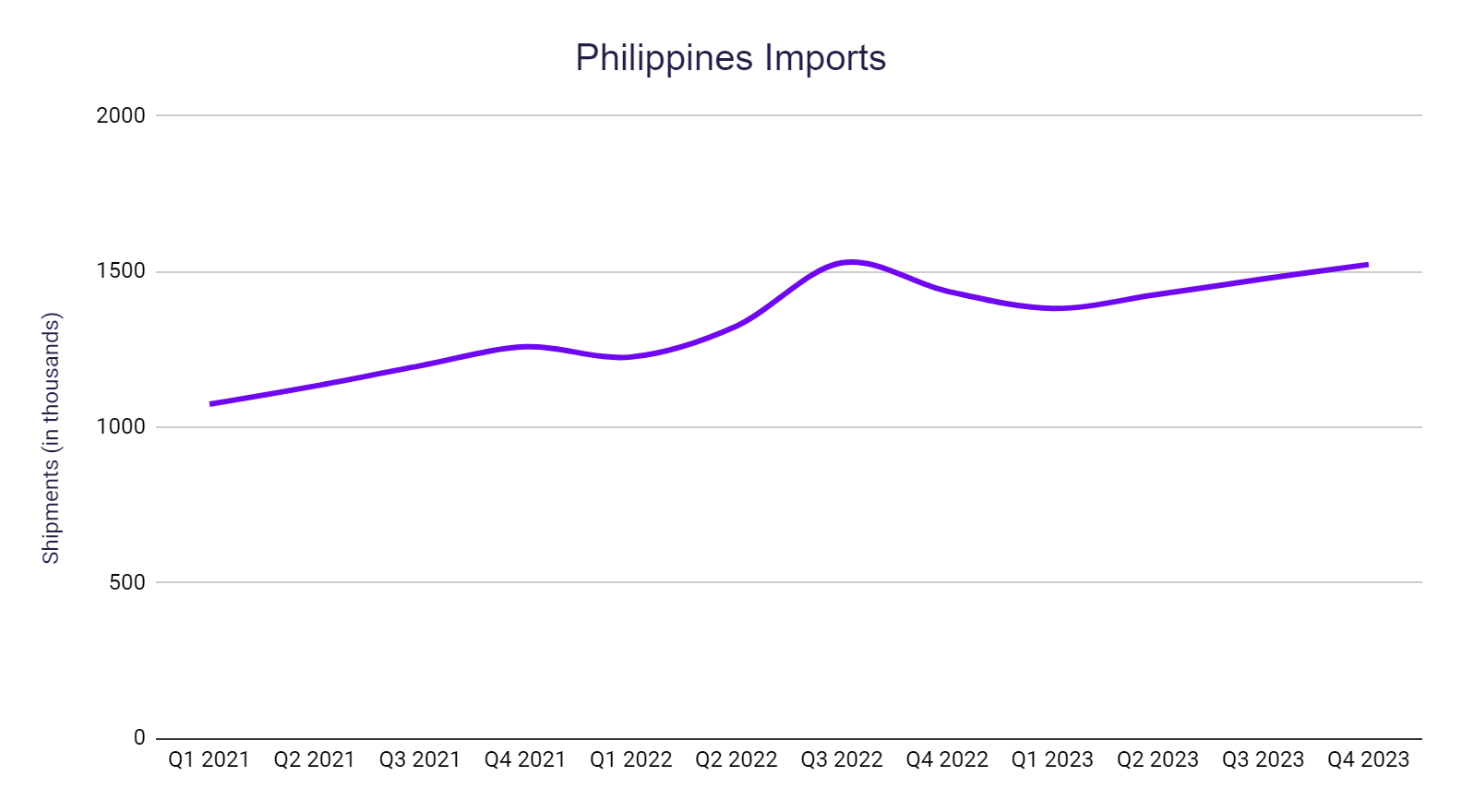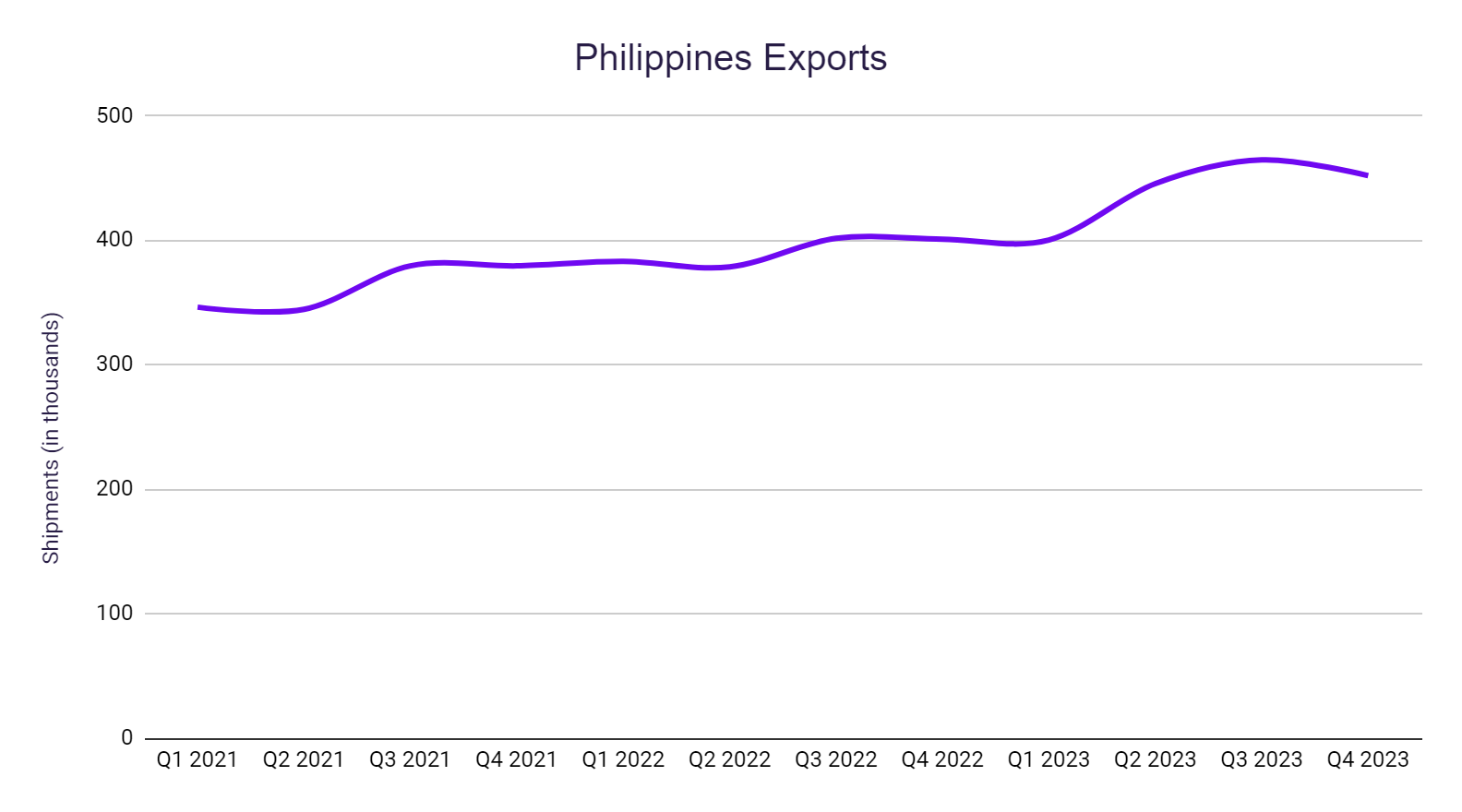Webinars & Videos
Watch videos featuring supply chain experts
The Regional Comprehensive Economic Partnership, or RCEP, is a monumental free trade agreement (FTA) signed by 15 Asia-Pacific nations in November 2020. It officially came into effect in January 2022 for 10 initial members, marking a significant milestone in regional economic integration. Encompassing roughly 30% of the world's population and GDP, the RCEP stands as the largest trade bloc globally, presenting a game-changer for the participating nations, namely Australia, Brunei, Cambodia, China, Indonesia, Japan, South Korea, Laos, Malaysia, Myanmar, New Zealand, the Philippines, Singapore, Thailand, and Vietnam.
With its core objectives aligned to eliminate tariffs on most goods traded between member countries, simplifying customs procedures and regulations, standardizing rules and regulations for trade and investment, and boosting economic growth and development across the region, we take a look at the Philippines' import and export trends with the RCEP members two years into its implementation.
With the RCEP partners comprising over 55% of the Philippines' imports, it represents more than half of the country’s inward trade. This mostly consisted of China, Japan, Singapore, Thailand, Malaysia, South Korea, Indonesia, and Vietnam.

Since the inception of the RCEP, the average shipment count has increased from 1.16 million to 1.41 million, and the largest Quarter-on-Quarter rise was in Q3 of 2022 at 15.4%. The Year-on-Year trends show a rise of 18.3% for 2022 and 5.3% for 2023 in shipment count.
The RCEP partners accounted for nearly two-thirds of exports for the Philippines, at 64% of total shipments. The majority of RCEP countries that shipments were exported to were Japan, China, Singapore, South Korea, Malaysia, Thailand, Vietnam, and Indonesia.

The average shipment count went up from 362.3 thousand shipments to 415.7 thousand shipments after the RCEP came into effect, with the biggest spike in Q3 of 2023 at 11.3%. The Year-on-Year shipment count had a rise of 7.9% in 2022 and 12.6% in 2023.
While the RCEP has had a significant impact on imports and exports of the Philippines, this could have many positive and negative consequences on the country’s economy. The RCEP promotes gradual tariff elimination on up to 90% of traded goods within the bloc over 15-20 years. This makes Philippine exports like electronics, agricultural products, and processed food more competitive in regional markets. Also, the deeper economic integration will lead to stronger regional supply chains, benefiting Philippine manufacturers reliant on imported components. This will also lead to lower prices for consumers due to reduced tariffs and increased competition.
On the contrary, tariff reductions also exposed some Philippine industries to increased competition from cheaper imports, potentially harming domestic producers, as some critics argue that the RCEP could disproportionately benefit China, the region's largest economy, raising concerns about fair competition and market access. These certain sectors, particularly those less competitive, could face increasing job losses due to import competition. The RCEP's long-term impact will depend on how effectively these issues are managed by the Philippines' government in the years to come.